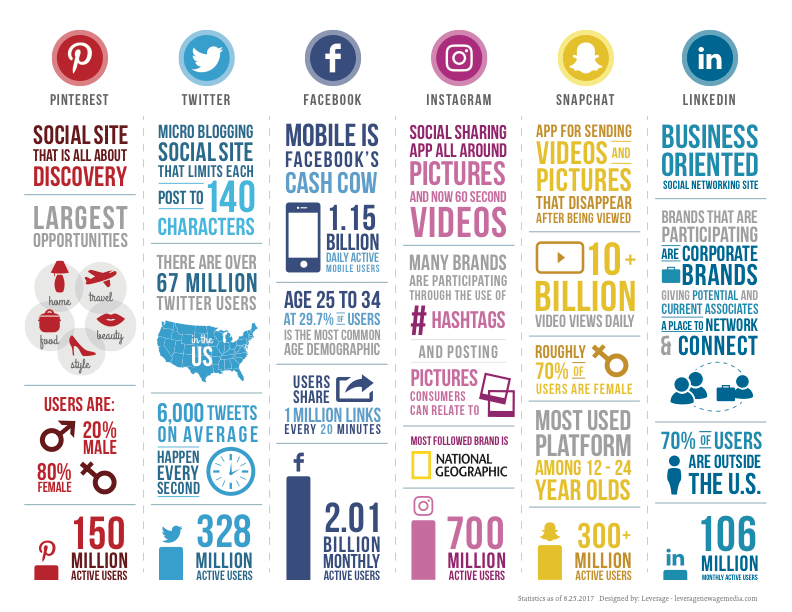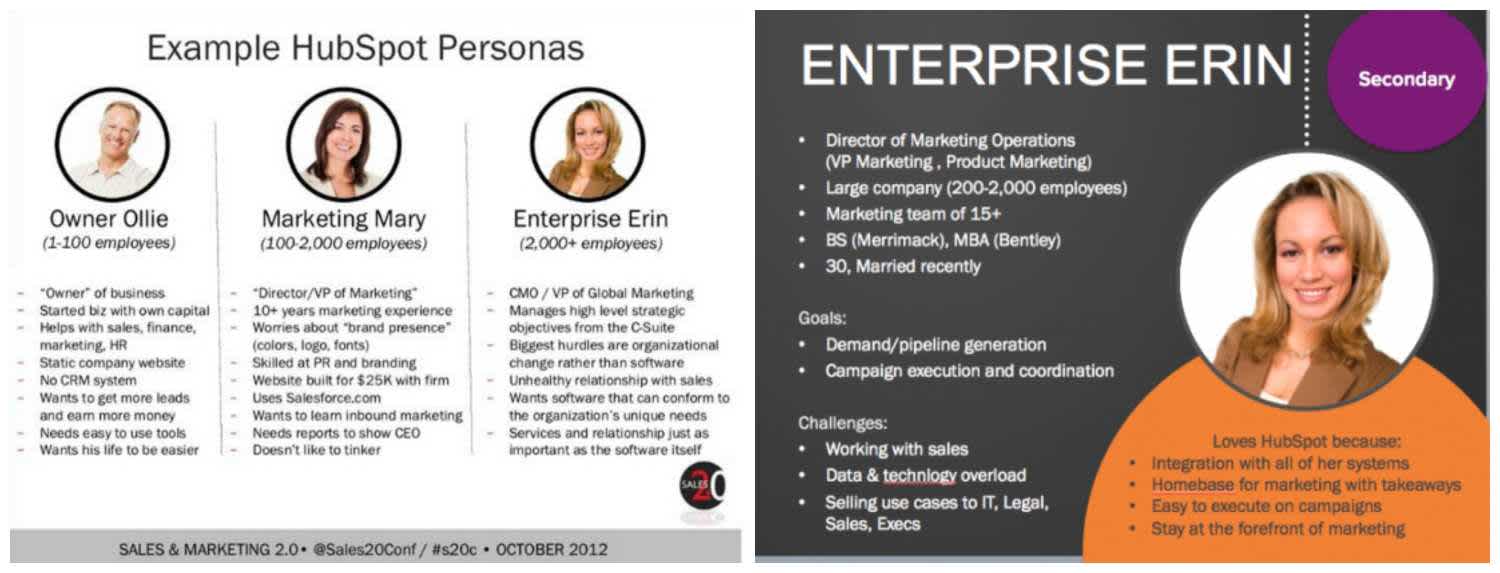//
Nov 20, 2022
Important Social Media Solutions Every Business Needs
Let’s be honest–if you’re doing business in the 21st century and not using social media, your business is hindering its own path to success.
As consumers continue to spend more of their time on digital media, it’s vital that businesses add digital communication tools, especially social media solutions, to their marketing strategies to survive.
Your digital marketing plan should be made up of several elements, including your website, search engine optimization (), paid advertising and social media. For the purposes of this blog, we’ll focus on the latter. Not only is social media one of the most important elements, but it is also one of the most cost-effective (because aside from paid ads, it’s free).
UNDERSTANDING DIFFERENT TYPES OF SOCIAL MEDIA
When it comes to building your social media strategy, it can be overwhelming when you start to think of all of the social media platforms out there. In fact, there are several that many would never guess are considered social media, but each has its own purpose and goals for consumers.

To help you decipher what each social media’s main function is, here is a breakdown of the most popular social media categories:
SOCIAL NETWORKS
Social media platforms: Facebook, Twitter and LinkedIn
Social network is a term that is often used interchangeably with social platform and social media. However, this term really refers to social media platforms which aim to connect people and aid in networking (hence, the term “network”).
MEDIA SHARING
Social media platforms: Instagram, Snapchat and YouTube
As visual content has grown in popularity, so has the number of media sharing social platforms. Platforms within the media sharing category are those meant for sharing content, specifically photos and videos.
DISCUSSION FORUMS
Social media platforms: Reddit, Quora and Digg
This type of social media promotes discussion and idea sharing between users. You’ll often see discussion forums on websites that aim to share news and ideas with others. They have become increasingly popular over the past few years.
BOOKMARKING AND CONTENT CURATION
Social media platforms: Pinterest and Flipboard
Calling all bakers, crafters and DIYers. Social media platforms that fall within the bookmarking and content curation category cater to those wanting to discover, share and save new content. Most of the time, these platforms focus on sharing content that helps the end users make something or save content for later.
RELATED:
CONSUMER REVIEW
Social media platforms: Yelp, Zomato and Trip Advisor
Chances are you’ve encountered or interacted with a consumer review platform at least once in your life. These social media help customers find and review businesses. These are very popular within the restaurant, retail and service industries.
BLOGGING AND PUBLISHING
Social media platforms: WordPress, Tumblr and Medium
Like media sharing platforms, blogging and publishing social media aim to help users publish content online, usually in writing. These platforms often appear in the form of blogs or posted articles, while some platforms like Tumblr combine published writing and images.
SOCIAL SHOPPING
Social media platforms: Polyvore, Etsy and Fancy
Social shopping platforms aid consumers in exactly what their name says–shopping. These platforms work as an online marketplace to both sell and buy items online, ranging from handmade items to lightly used goods to new products from big name brands.
SHARING ECONOMY
Social media platforms: Airbnb, Uber and Taskrabbit
These social platforms, like social shopping, help users trade goods and services on a large scale. While they are very similar, most sharing economy platforms provide services rather than a physical good.
RELATED:
LEARNING MORE ABOUT YOUR TARGET MARKET(S)
Finding the best social media solutions for your digital marketing strategy starts with the most important part of your business–your target audience. Understanding your audience should be the first step in creating any part of your marketing strategy. Your current and potential customers dictate the media used in your strategies and all of the content should be tailored directly to them.

Start by creating buyer personas. You know that not all of your consumers are the same, but like most businesses, you can group them into categories based on several factors, including age, buying preferences, and more. When creating buyer personas, consider the following about your audience:
- Who are they (demographics, geographic location, etc.)
- What are their interests, buying habits, likes/dislikes
- What technology do they have access to?
- What social media are they most active on?
Once you’ve learned more about your customers, the information should give you a good indication on the best tactics to reach them effectively.
SELECTING THE RIGHT SOCIAL MEDIA SOLUTIONS
An important factor to remember when implementing your selected social media solutions is that you don’t need to have an account on every social platform just because they are out there. Use your audience insight to guide your selection of social media.
Start by choosing three social platforms to focus on before expanding your . For most businesses, the fundamental social platforms for interacting and communicating with customers are Facebook, Twitter, Instagram and LinkedIn. Based on your target market(s), these may vary.
PUTTING YOUR SOCIAL MEDIA SOLUTIONS INTO ACTION
There’s more to a social media strategy than simply creating accounts and posting at random. The key to successfully implementing social media solutions is to stay active on all of your accounts. Your audience and reach will only increase if you actively post and engage with other users.
CONFIGURING A SOCIAL MEDIA SCHEDULE
Start with a simple posting schedule. As you grow more familiar with the social platforms, you can start to increase your posting, but ideally, start by posting at least once to each account per day.
Consider creating a social media posting schedule to keep track of the content being posted and time of day it is posting. You can look to several online resources for suggested posting times or use each platform’s analytics to determine the best times to post for your audience.
POST RELEVANT CONTENT
Consider each post you make on social media to be a direct communication with consumers. Before you hit post/share/send, jump into your customers’ shoes. Would this content be relevant to you if you were a customer of your business? Is this content enticing enough to encourage your audience to click through to your website?
It’s also important to post a variety of content on your platforms. Use relevant hashtags when applicable and take advantage of trending topics as well as world events. Finding a way to relate the day’s events to your business can be an extremely successful marketing tactic known as real-time marketing.
KEEP BRANDING CONSISTENT ACROSS ALL ACCOUNTS
A big part of successful digital marketing is transitioning and establishing your brand online. It’s important to keep consistency of your brand through all of your marketing vehicles, especially on your website and social media channels. Use your logo as your profile picture for all of your accounts. This is an image your customers are familiar with and recognize as you grow your brand online.
RELATED:
CONSIDER PAID SOCIAL ADVERTISING
As your following on social media grows and you expand your brand online, consider expanding your strategy to include . While you can boost posts on , this only pushes your post to your followers’ followers, and you may miss out on other potential customers.
Paid advertising allows you to reach a wider audience beyond your followers and your followers’ followers. Almost all of the social advertising platforms allow you to target your content to reach those within your target market. With the right content, your social campaign can draw traffic to your website or even expand to include .
KEEPING UP TO DATE IN THE DIGITAL MARKETING WORLD
If there’s one thing to predict about digital marketing, it’s that it is constantly changing. As a business owner, this means paying attention to trends and how your target audience responds to them. Ultimately, it comes down to being flexible.
You need to pay attention to how your customers respond to changing trends and adapting your social media solutions within your overall marketing strategy. Only then can you truly begin to see growth in your digital marketing.
About Watermark
At Watermark, we partner with your team to bring digital marketing, design, and development expertise that helps exceed internal business metrics. Using data-driven solutions and methodology, we guide and implement best practices that help your business succeed.
Brand recognition and meaningful social growth, working together
Develop your brand with a social strategy that aligns with your core values and planned outcomes.







